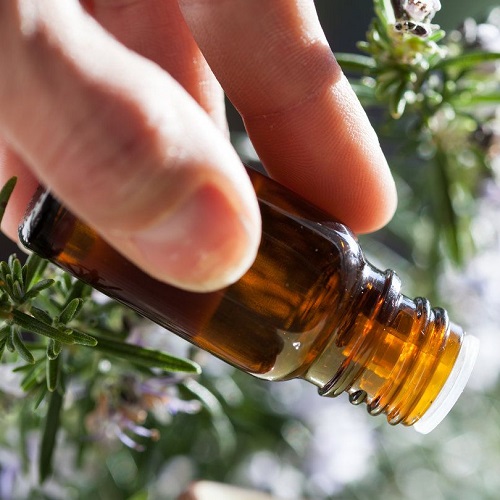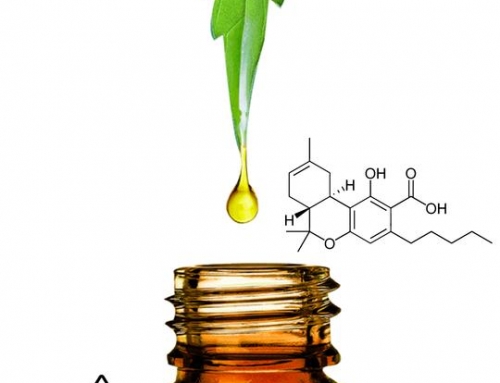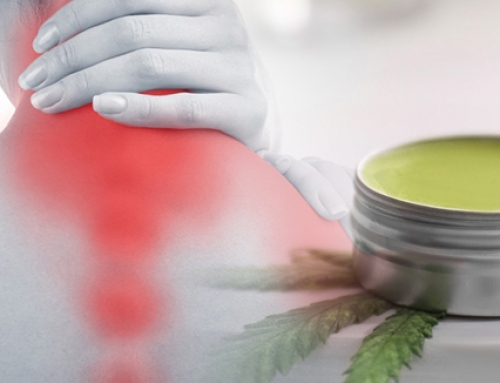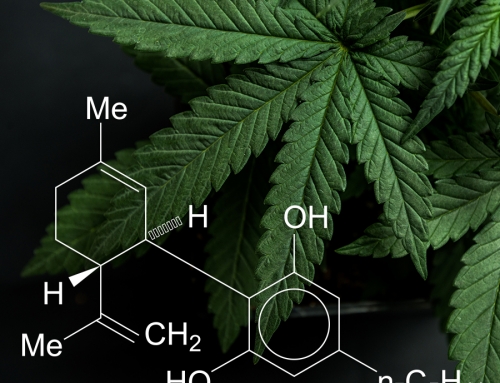As a terpene biochemist, I have always thought it interesting that plant essential oils have traditionally been considered “foo-foo” for lack of a better term. Nothing could be further from the truth. Let’s look more closely at these fascinating compounds.
Plant essential oils are typically composed of volatile aromatic terpenes and phenylpropanoids. These lipophilic volatiles freely cross cellular membranes and serve a wide variety of ecological purposes such as either attracting or repelling insects. One of my favorite terpenes which is often found in abundance in true full spectrum CBD oils is the sesquiterpene (E)-β-caryophyllene [(E)-BCP]. This is actually quite a common terpene in nature and is found in large amounts in the essential oils of many different spice and food plants, such as oregano, cinnamon, and black pepper. It has a weak smell and taste, so it is often used commercially as a food additive and in cosmetics.

(E)-BCP is fascinating in that it triggers various biological targets in a true olfactory sense but is also a powerful “digestive” terpene something that is quite rare. The studies on the role that this compound has on the body are wide ranging but my favorite studies show that it selectively binds to the CP55,940 binding site (i.e., THC binding site) in the CB2 receptor, leading to cellular activation and anti-inflammatory effects. I suggest you do your own research on this amazing olfactory and dietary terpene and all its varied positive health producing effects in the body and you will be convinced that you MUST only take CBD oils which are manufactured under very low heat and low pressure. While terpenes can handle higher temperatures, many of the important plant components that interact to make terpenes even more powerful get negatively affected creating less active final products.










